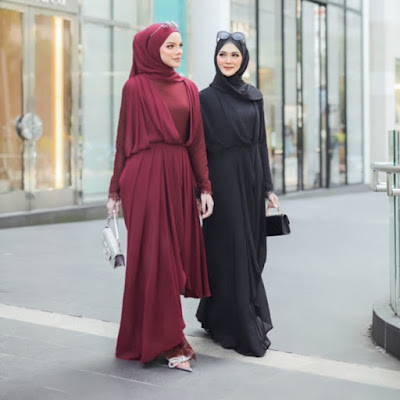Is the Abaya a Cultural or Religious Tradition
Is the Abaya a Cultural or Religious Tradition The abaya, a traditional garment worn by many Muslim women, is often perceived as both a cultural and religious symbol. This flowing, full-length robe typically covers the body from the shoulders down and is commonly worn over other clothing. Its significance, however, varies depending on geographical, cultural, and individual factors. To understand whether the abaya is primarily a cultural or religious tradition, it is essential to explore its origins, its role in different societies, and its evolution over time. 1111 Religious Significance From a religious perspective, the abaya is often linked to Islamic teachings regarding modesty. The concept of modesty, or "hijab," is a central tenet in Islam, derived from various Quranic verses and Hadith (sayings of the Prophet Muhammad). The Quran emphasizes modesty in dress for both men and women, but the specific requirements can vary based on interpretation and cultural practice. I...






Comments
Post a Comment